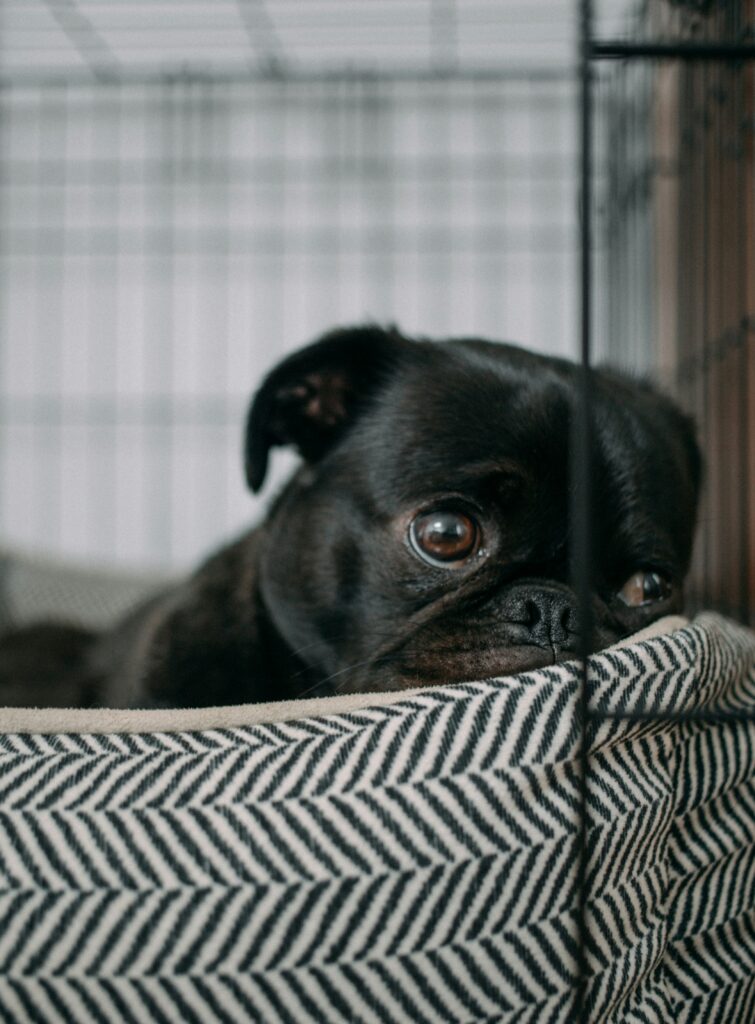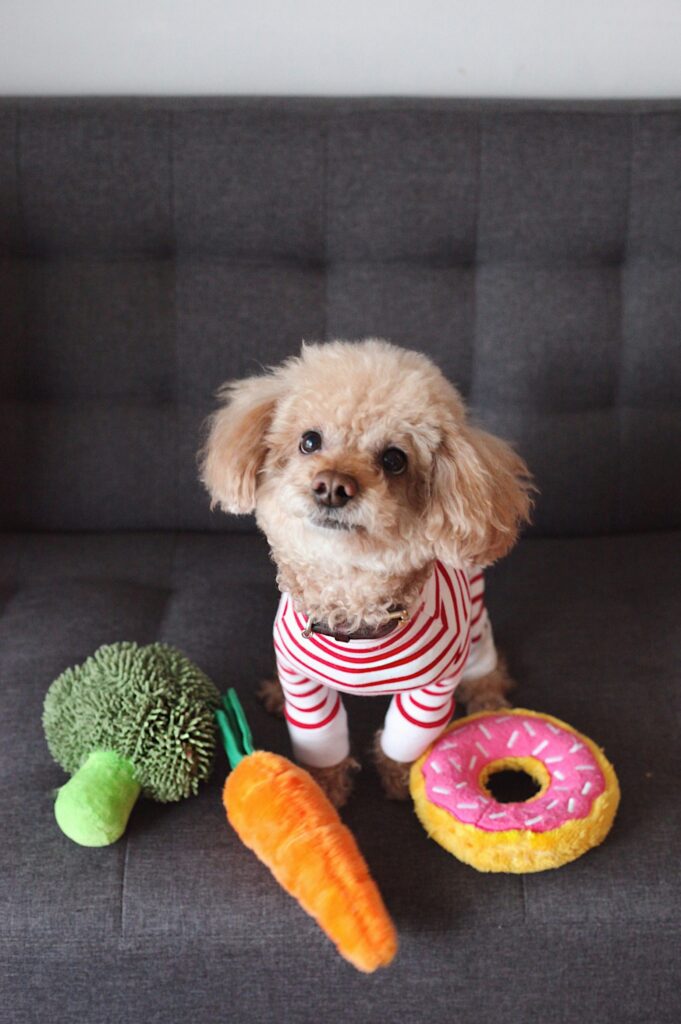Separation anxiety is a significant concern among dog owners. As social creatures, dogs thrive on companionship. Whether it’s a wagging tail when you walk through the door or the comfort of them lounging nearby, dogs are happiest when they’re with their humans. But what happens when you leave for work, run errands, or go out for the evening? For many dogs, these periods of separation can lead to separation anxiety, causing distress for both the dog and the owner.

What is separation anxiety?
Separation anxiety is a common behavioral issue in dogs, characterized by extreme distress when they are left alone. Dogs experiencing separation anxiety may exhibit a variety of symptoms, including:
- Excessive barking or whining
- Destructive behavior such as chewing furniture or scratching doors
- Attempting to escape from the house
In more severe cases, dogs with separation anxiety might even show physical signs like drooling, trembling, or vomiting. This condition can be overwhelming for pet owners, but understanding separation anxiety and its causes is the first step toward managing it..
What causes separation anxiety?
In dogs, it can can arise for several reasons. Some of the most common causes include:
- Change in Routine: Dogs are creatures of habit, and a sudden change, such as a new work schedule or moving to a new home, can trigger separation anxiety.
- Lack of Socialization: Puppies that were not properly socialized or dogs that spent long periods in shelters may develop separation anxiety due to limited exposure to different environments and people.
- Past Trauma: Rescue dogs or dogs with a history of abandonment are often more prone to separation anxiety, as they fear being left alone again.
Understanding the root cause of your dog’s anxiety is essential to helping them overcome it.

How to solve separation anxiety in dogs
If your dog is suffering from separation anxiety, there are several strategies you can implement to help reduce their stress and anxiety when you’re away. Here are some effective methods:
1. Gradual Desensitization
A highly effective approach to managing this problem is gradual desensitization. This process involves slowly getting your dog used to being alone by starting with short absences and gradually increasing the time you’re away. For instance, start by leaving your dog for just a few minutes, then extend it to longer periods. Over time, your dog will learn that your absence is temporary and not something to fear.
2. Create a Safe Space
Designating a safe, comfortable space for your dog while you’re away can greatly reduce their separation anxiety. Choose a cozy corner with your dog’s favorite bed, toys, and maybe an item of your clothing that carries your scent. By associating this space with positive experiences, your dog may feel more secure when left alone.
3. Practice Calm Departures and Arrivals
Dogs are sensitive to their owner’s emotions. If you make a big deal out of leaving or returning, it may heighten their anxiety. Keep your departures and arrivals low-key. Avoid prolonged goodbyes or overly enthusiastic greetings. By staying calm, you signal to your dog that separation is normal and nothing to be anxious about.
4. Use Positive Reinforcement
Positive reinforcement is key when dealing with separation anxiety. Reward your dog for calm behavior when you return home. This could be through treats, praise, or extra playtime. By associating your absence with positive outcomes, your dog will be less likely to feel anxious when you leave.
5. Provide Mental and Physical Stimulation
A tired dog is a happy dog! Make sure your dog gets plenty of physical exercise and mental stimulation before you leave. Long walks, play sessions, and puzzle toys can help burn off energy, making your dog more likely to relax while you’re away. Mental stimulation is particularly important for keeping your dog’s mind occupied, which can help alleviate separation anxiety.
6. Seek Professional Help
In severe cases of separation anxiety, seeking professional help may be necessary. A certified dog trainer or behaviorist can create a customized plan to address your dog’s anxiety. In some situations, your veterinarian might recommend medication to help ease your dog’s anxiety during the training process.

Conclusion
Separation anxiety can be distressing for both dogs and their owners, but with patience and the right approach, it is possible to help your dog feel more comfortable when left alone. By gradually desensitizing your dog to your absence, creating a safe space, and reinforcing calm behavior, you can reduce your dog’s anxiety and improve their overall well-being.
If you’re struggling with your dog’s behaviour while you’re away, Caparica Dogs is here to help! We offer expert training and support to assist you and your dog in leading a happier, stress-free life. Contact us today to learn more about how we can help with this and other behavioral concerns.

